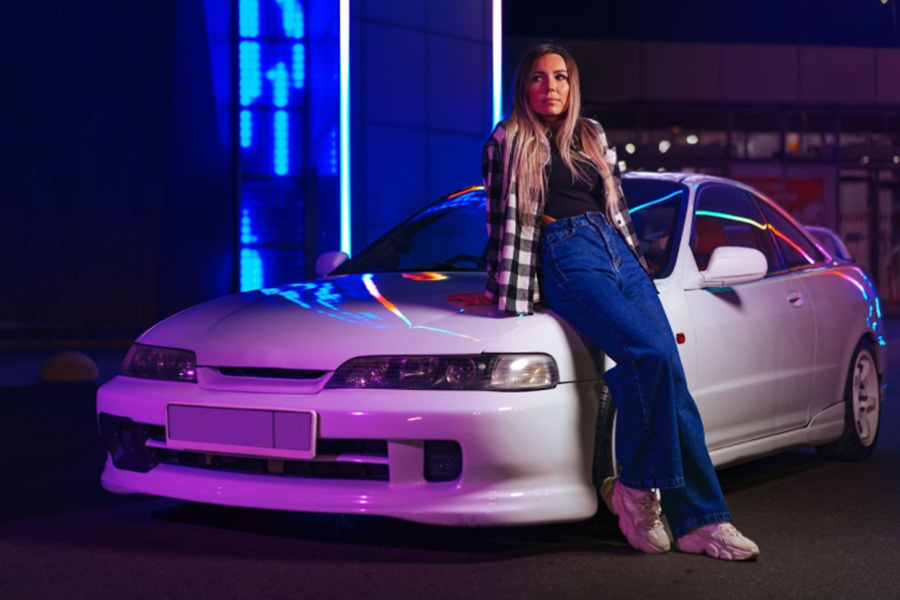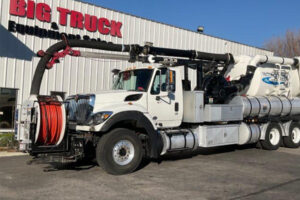Infiniti’s VQ and VR Engines: Engineering Excellence in Luxury Performance

When discussing Japanese luxury performance, Infiniti’s VQ and VR series engines stand as remarkable achievements in automotive engineering. These powerplants have defined Infiniti’s character for decades, blending sophisticated refinement with exhilarating performance. Understanding what makes these engines special provides insight into Infiniti’s unique approach to luxury performance and explains their dedicated following among enthusiasts worldwide.
The VQ Legacy: Natural Aspiration Perfected
The VQ engine family debuted in 1994, featuring an all-aluminum construction with a 60-degree bank angle for optimal balance. This design immediately established the engine’s reputation for smooth power delivery combined with impressive performance. The VQ’s excellence was recognized with an unprecedented 14 consecutive appearances on Ward’s 10 Best Engines list—a testament to its exceptional engineering and Nissan’s continuous improvement philosophy.
The 3.5-liter VQ35DE variant, introduced in the early 2000s, became particularly influential in establishing Infiniti’s performance credentials. Featured prominently in the G35 sedan and coupe, this engine delivered competitive performance against established luxury rivals while offering a distinctive character that helped define the brand. Key technologies included microfinished components, continuously variable valve timing, and optimized intake and exhaust systems that contributed to its responsive nature and engaging sound.
Building on this foundation, the 3.7-liter VQ37VHR introduced in 2008 incorporated advanced features like Variable Valve Event and Lift (VVEL) technology, which continuously varied both valve timing and lift for improved throttle response and enhanced torque characteristics across the RPM range. With outputs reaching 330 horsepower in applications like the G37 Coupe, these naturally aspirated engines delivered impressive performance while maintaining the linear power delivery and mechanical engagement that enthusiasts cherished.
VR30DDTT: The Twin-Turbo Revolution
As emissions regulations tightened and market preferences evolved, Infiniti developed the VR series as a sophisticated successor to the naturally aspirated VQ engines. The 3.0-liter twin-turbocharged VR30DDTT represents a paradigm shift, embracing forced induction to deliver exceptional performance while improving efficiency.
Despite sharing its V6 configuration with the VQ series, the VR represents a clean-sheet design featuring direct fuel injection, quick-spooling twin turbochargers with electronic wastegates, integrated exhaust manifolds, and compact water-to-air intercoolers. Available in both 300 and 400 horsepower variants, the VR30DDTT delivers substantial low-end and midrange torque—up to 350 lb-ft at just 1,600 RPM in higher output versions—while maintaining impressive high-RPM performance.
This broader powerband suits modern luxury performance expectations while adapting to increasingly stringent efficiency requirements. The VR engine’s sophisticated design provides a platform that balances outright performance with the refinement expected in the luxury segment.
JDM Exclusives: The Specialized Variants
The Japanese Domestic Market received several specialized versions of these engines that never reached global markets. These used JDM Infiniti engines often featured unique specifications tailored to Japan’s specific regulations and market preferences.
Notable JDM variants include the VQ25HR, a 2.5-liter engine found in Japanese-market Skyline models that offered an ideal balance of performance and efficiency for Japan’s displacement-based taxation system. The rare VQ30DETT, featured in certain Nissan Gloria/Cedric models, presaged later VR development by combining VQ architecture with twin turbochargers. These JDM-specific engines often incorporate subtle differences in components, tuning, and emissions equipment compared to their global counterparts.
For enthusiasts seeking maximum performance or authentic JDM builds, these engines provide unique characteristics and historical significance beyond their technical specifications. Their relative rarity and market-specific engineering make them particularly valuable for specialized builds seeking authentic Japanese performance character.
Engineering for Luxury: Beyond Raw Performance
What truly distinguished Infiniti’s engines from their Nissan counterparts was the extensive focus on Noise, Vibration, and Harshness (NVH) characteristics. While sharing fundamental architecture, Infiniti engines received additional refinements specifically targeted at creating a luxury experience:
Acoustic engine covers reduced radiated noise, while liquid-filled engine mounts with specific tuning isolated vibrations from the cabin. Carefully designed intake paths controlled sound character while minimizing unwanted resonances, and sophisticated exhaust systems featured additional silencing chambers and valve control for refined sound signature under various driving conditions.
These refinements demonstrate the difference between simply pursuing performance metrics and creating a holistic luxury performance experience. The Infiniti engines needed to deliver exhilaration without intruding on cabin comfort—a delicate balance that required sophisticated engineering beyond basic output numbers.
Aftermarket Potential and Enthusiast Appeal
Both engine families have developed substantial aftermarket support. The naturally aspirated VQ engines respond well to traditional modifications like intake and exhaust upgrades, camshaft profiles, and ported throttle bodies. The turbocharged VR engines offer tremendous potential from relatively simple modifications, with ECU tuning alone capable of releasing 50-70 additional horsepower while maintaining reliability.
This tuning potential extends the engines’ appeal beyond the luxury segment into enthusiast communities, where their combination of refinement and performance creates compelling project platforms. The VQ’s distinctive exhaust note—sometimes affectionately referred to as the “trumpet”—has become immediately recognizable among enthusiasts, helping establish Infiniti’s performance identity in a market segment often dominated by European manufacturers.
When properly maintained, both engine families regularly exceed 200,000 miles while maintaining their performance characteristics—an impressive achievement that reflects the fundamental engineering quality built into these powerplants. This longevity, combined with their performance potential, has created a robust secondary market for these engines in performance builds and engine swaps.
Looking Forward: Electrification and Legacy
As the automotive landscape shifts toward electrification, Infiniti has signaled a future incorporating hybrid technology alongside these advanced engines. The VR engine family, with its compact design and efficient forced induction, is particularly well-suited to integration with hybrid systems that can further enhance both performance and efficiency.
For enthusiasts and collectors, this transition makes well-maintained examples of VQ and VR-powered vehicles increasingly significant as representatives of an important era in Japanese luxury performance—a legacy that ensures their continued appreciation in the automotive landscape. The sophisticated engineering embodied in these engines provides a foundation for transitional technologies that will bridge traditional and electrified propulsion, while their distinctive character ensures they’ll remain coveted by performance enthusiasts for generations to come.




